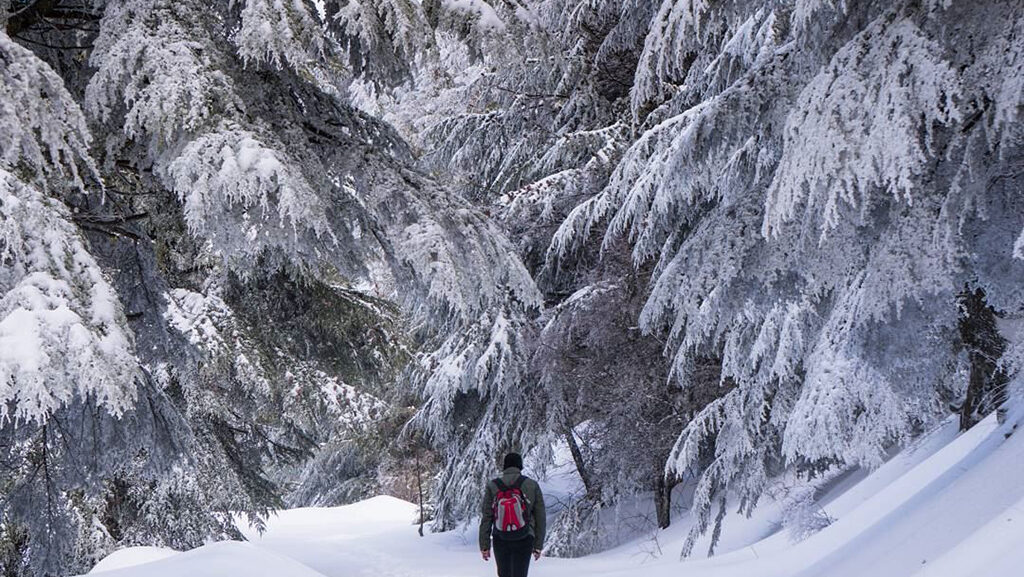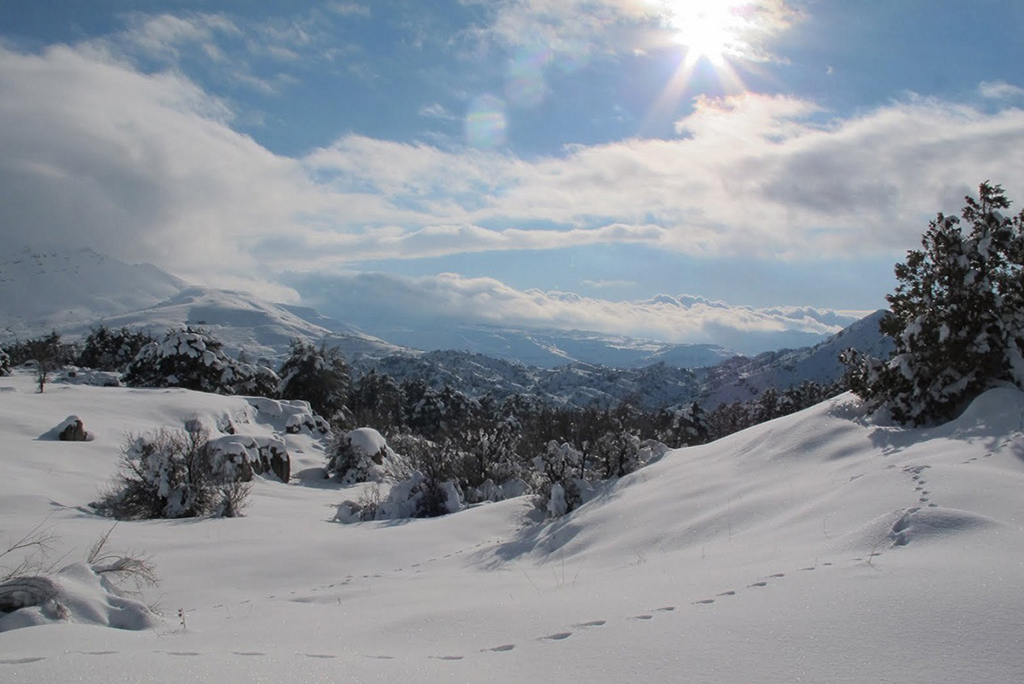

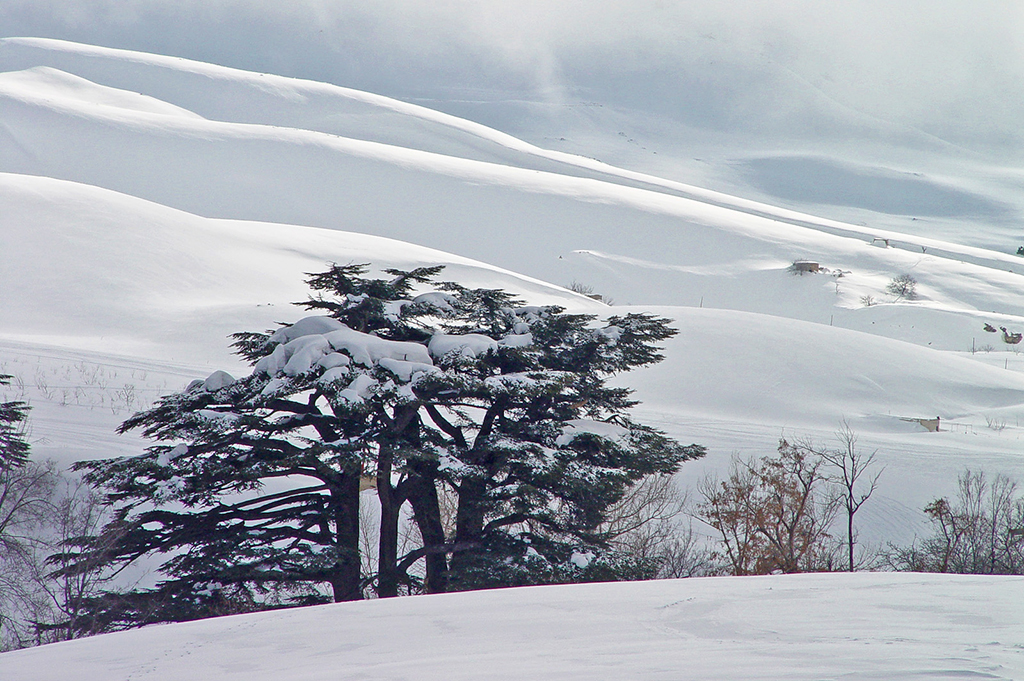
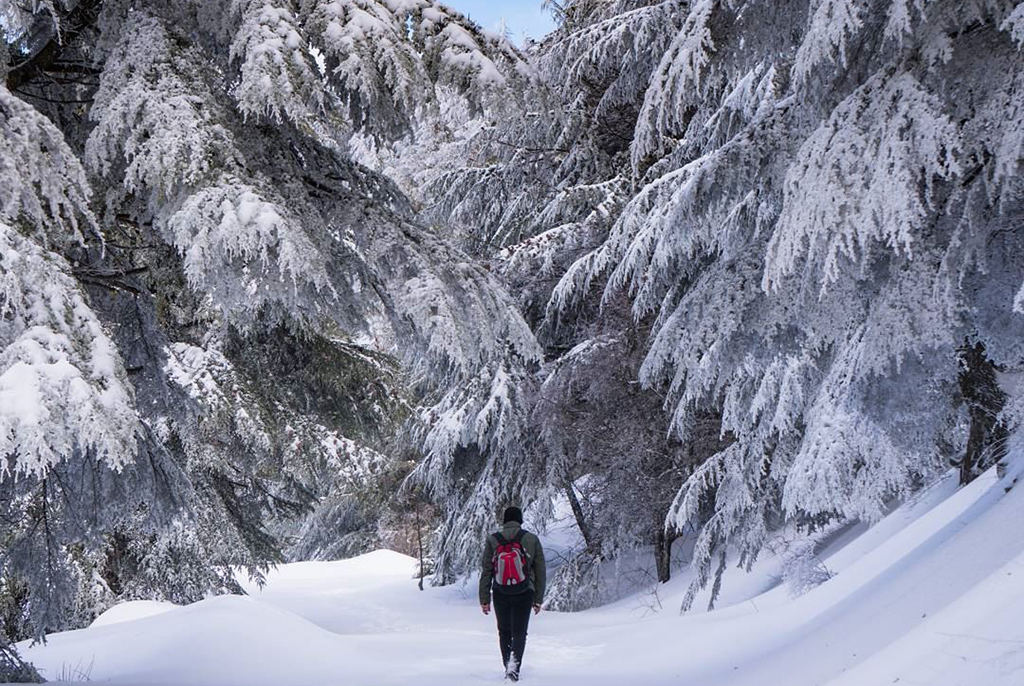
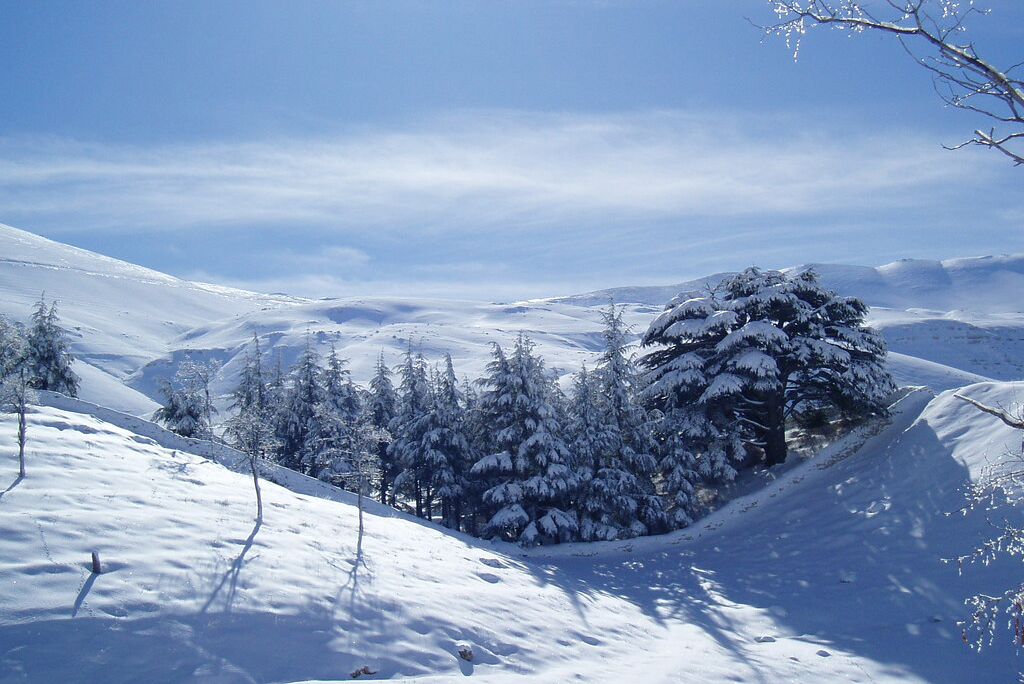
Cedar Tree – Cedrus libani
For many people, trees are so much more than just for providing shade. They’re beautiful and full of surprises, coming in every size, shape and colour imaginable.
Trees are some of the oldest living organisms in the world, and as a perennial plant, they play a huge role in making the world a better place – absorbing carbon dioxide and providing oxygen. In fact, in one year just one acre of adult trees can provide oxygen for 18 people.
Cedar Tree: Just Four Species of the genus Cedrus
The evergreen cedar tree, with its spicy scent, is found in many parts of the world, but is native to the Himalayas and the Mediterranean countries. The Cedar of Lebanon was introduced to Britain around 400 years ago, and today the tree is found in many British parks and estates. In fact, the oldest one was planted in 1646 by a Dr Edward Pocock in his rectory near Wantage in Oxfordshire.
A true cedar is a member of the genus Cedrus and there are just 4 species in the genus. One of these is the Lebanon cedar with its botanical name being Cedrus libani.
Cedar Tree: Cedrus libani – Lebanon’s national emblem
The mountains of Lebanon were once covered with these beautiful Cedar trees and it’s the national emblem of Lebanon. The large needled evergreen is also featured on the country’s flag and its coat of arms.
The Lebanese state has also set aside a number of nature reserves that contain cedars. They are hardy trees and aren’t prone to diseases or pests.
Longevity
The mighty Lebanon Cedar is slow-growing, and there are some of these trees that are thought to be more than 1,000 years of age.
Cedar of Lebanon appearance
The Cedar of Lebanon is a large, ornamental tree that has different looks. It can reach 130 feet or 39/40 metres in height. The trunk too can reach 6 feet or 2 metres in diameter, making it indeed a mighty tree.
The tree’s branches adapt and grow according to the habitat it finds itself in. In a forest setting, the branches grow straight and narrow, but when the tree grows in wide open spaces, it spreads, becoming broader and with a densely needled canopy.
The tree doesn’t flower until it is about 30 years of age. Once the tree starts to ‘flower’ its appearance starts to change as they begin to produce unisex catkins that are 2 inches long. The cones are light green in colour. Each scale has 2 winged seeds that are carried away by the wind. The seeds ripen from August to October.
The bark of the trunk is greyish-brown and deeply grooved in mature trees. As the tree matures, the bark becomes rougher and more fissured and its colour becomes darker too.
When the tree is young it has a conical shape but as a fully-grown tree, it has a flat crown. Its foliage is made up of short, dark green needles and these grow in tufts. They produce cones that grow on top of the branch.
Interesting facts about Lebanon Cedars
Over the centuries, the cedar forests of Lebanon have become depleted, but the government of Lebanon is at least taking steps to establish cedar reserves and replenish the forests.
The Cedars of God became a UNESCO World Heritage Site in 1998. The Qadisha Valley site and the Forest of the Cedars of God are found in northern Lebanon on Mount Makmel in the Kadisha Valley.
The Forest of the Cedars of God is the last remnant of antique forests where the Cedrus lebani still grows. There are some trees there that are hundreds of years old and which have reached heights of 35 metres. Young saplings have also been planted at the entrance of the grove.
Today the area of the cedars is considered a national natural site. Because the tree is rare in the wild in its natural state, growing one will be wonderful for conservation reasons. This tree with its historical and biblical associations is available at nurseries around the world.
The Lebanon Cedar is referred to in the Bible many times, mentioning the forests of cedar trees found north of Israel or Lebanon as it is known today.
Growing the Lebanon Cedar
The Cedar of Lebanon isn’t a difficult tree to source if you want to grow one. When you buy your Cedrus libani from a nursery it will be in a potting packet or container.
To grow one, full light is needed for good growth. It is a conifer that prefers well-draining, acidic soil but it will grow in clay or chalky soil too.
The biggest tip for growing these trees is to remember that they need a spacious, isolated spot to grow, away from buildings.
Dig a hole 3 times wider than the container your cedar tree came in. Make sure the hole is as deep and as large as the root ball of the tree.
Turn the container with the tree upside down while spreading your hands over the soil to keep everything in the container together.
Carefully remove the tree from the container, trying your best to keep the soil around the roots intact.
Slide the tree and soil from the container. Be gentle to keep the roots and soil intact.
Place the tree in the middle of the hole. Secure the tree in a straight position, then fill the hole up with soil, creating a shallow basin so the water you provide it with doesn’t run away.
Give the tree a good watering. If the weather is hot and dry, water your tree every 10 days as it establishes itself in the first year.
You can feed your Cedrus libani once a month with a slow-acting organic fertilizer during the cedars growing season.
It is always a good idea to not use fertilizer on your newly planted tree but to first allow it to establish itself.
Once your cedar has settled down, it is a tree that requires very little care.
Pruning isn’t really necessary, but if lower branches need to be removed you can cut them off cleanly. At GraftinGardeners Ltd, we’re a family run tree surgery business that has a huge amount of tree experience and knowledge and we come as highly recommended as tree surgeons.
The Lebanon Cedar – a Majestic Tree
Your Cedrus libani loves full sun to develop to become the majestic specimen we know it to be. By growing one, you’re adding beauty and life-giving oxygen to a fragile, fast-depleting planet.

